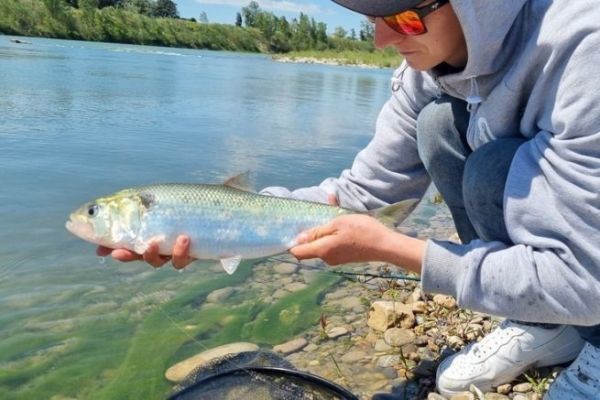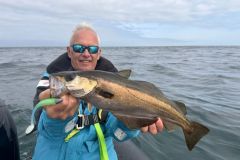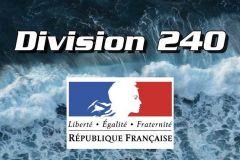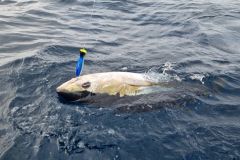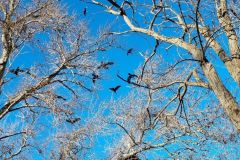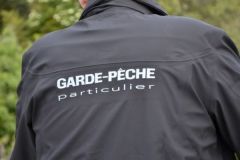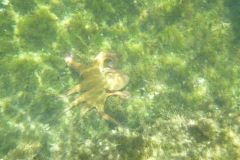Authorized fishing periods and areas
Shad fishing is authorized from the second Saturday in March to June 30. Fishing is permitted in the Rhône river and its tributaries, as well as in coastal rivers and their tributaries, but only in the following departments: 06, 07, 11, 13, 26, 30, 34, 66, 83, and 84.
In departments not listed above, fishing for Mediterranean shad is prohibited. All accidental catches of shad must be immediately returned to the water in the best possible conditions.
Each angler is authorized to catch 1 shad per day. This quota is designed to limit the impact on shad populations while allowing fishermen to enjoy their activity.
The annual quota is set at 10 shad per year. This makes it possible to control the total number of catches per fisherman over a full fishing season.
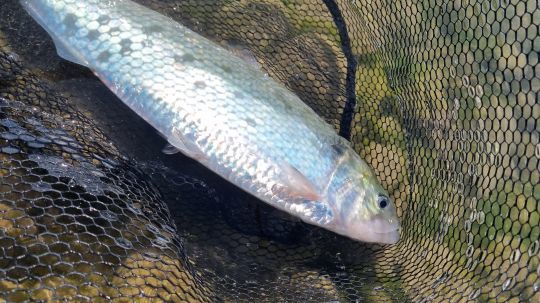
By-catch notification
Fishermen are invited to inform their departmental federation or the association Migrateurs Rhône-Méditerranée (MRM) of any accidental capture of shad. This contributes to the collection of data for the knowledge and preservation of the species.
Each angler must have a fishing logbook, available in hard copy, for every shad fishing session. This booklet can be downloaded from the following address: Fishing Log .
The logbook must be pre-filled at the start of each fishing session with information such as location and start time.
Any shad caught, whether retained or not, must be entered in the logbook immediately. Even sessions where no shad are caught should be recorded, as they provide valuable information on the species' densities and run timing.
Practices recommended by the PLAGEPOMI
The use of single hooks is recommended to reduce fish injury. Multiple hooks can cause additional damage and complicate fish release.
It is advisable to keep the duration of the "fight" with the fish to a minimum. Prolonged fighting can exhaust the fish, reducing its chances of survival after release.
Using a landing net to handle fish minimizes handling time and reduces stress. This helps keep the fish in good health before release.
Whenever possible, it is recommended not to take the fish out of the water. If necessary, time out of the water should be kept to a minimum to avoid compromising the fish's survival.
Before releasing the fish, it is important to give it time to recover. This can be done by keeping the fish in the water while gently supporting it until it shows signs of recovery, such as vigorous movements.
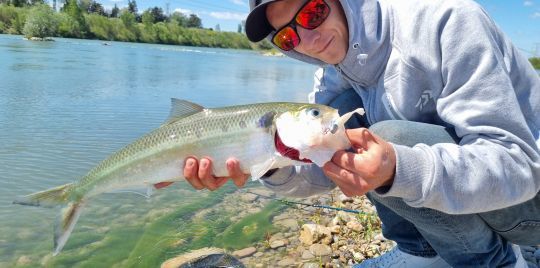
Knowledge of the population
The data collected via fishing logs is essential for a better understanding of the shad population, their habits and migration periods. This enables us to implement more effective management measures.
By participating in this data collection, fishermen become key players in shad conservation. The information gathered helps to adapt conservation strategies and ensure the long-term survival of the species. Keeping a fishing logbook is not only a regulatory obligation, but also an opportunity for fishermen to actively contribute to environmental protection and the sustainable management of fishery resources.
